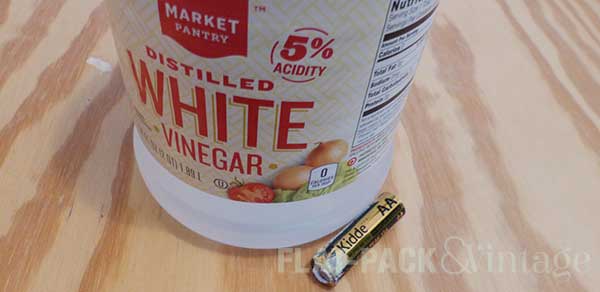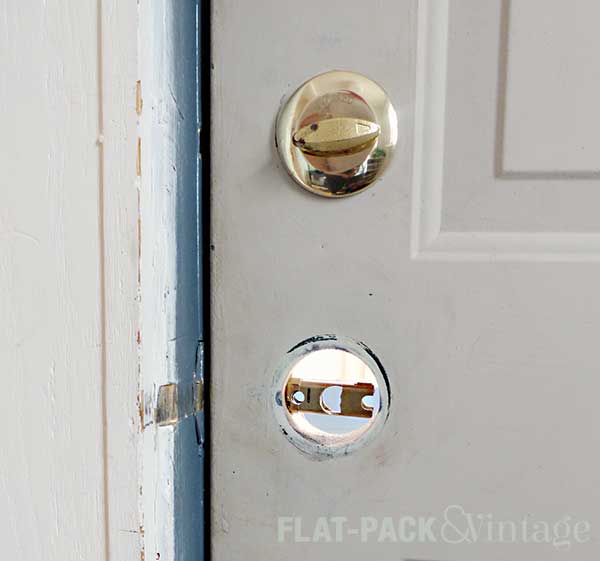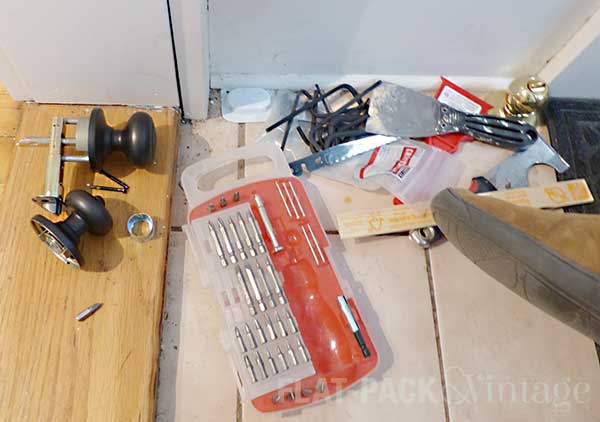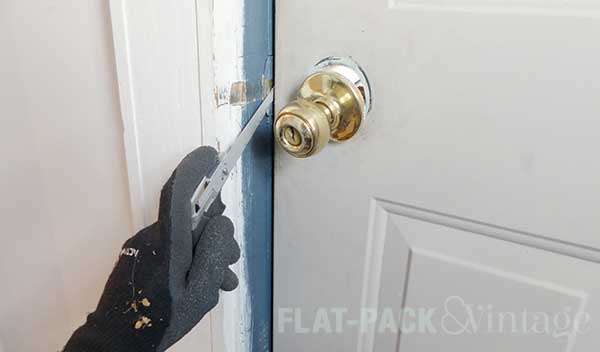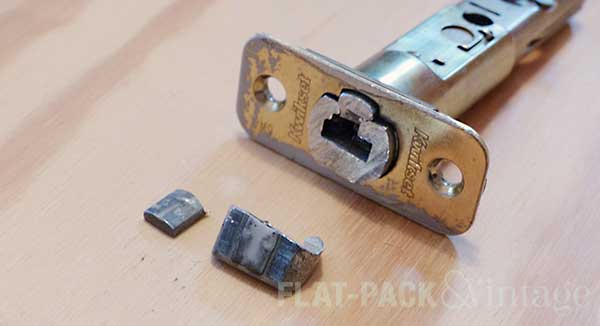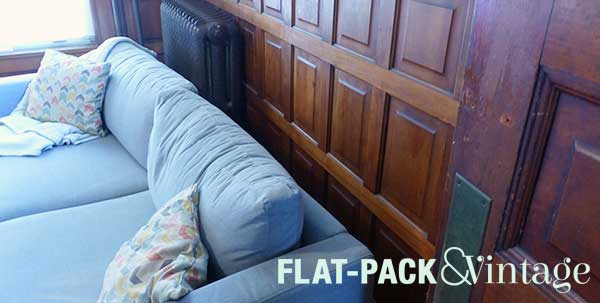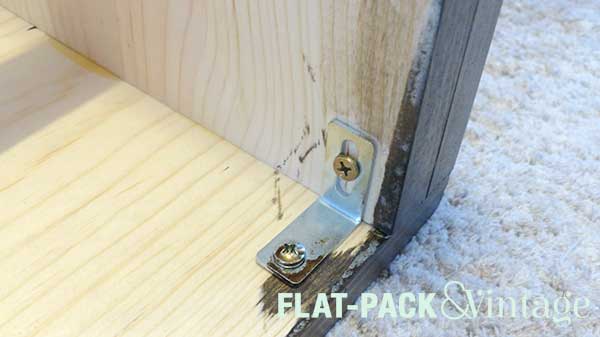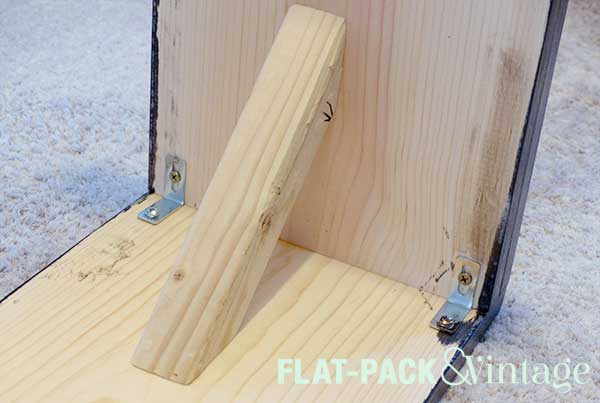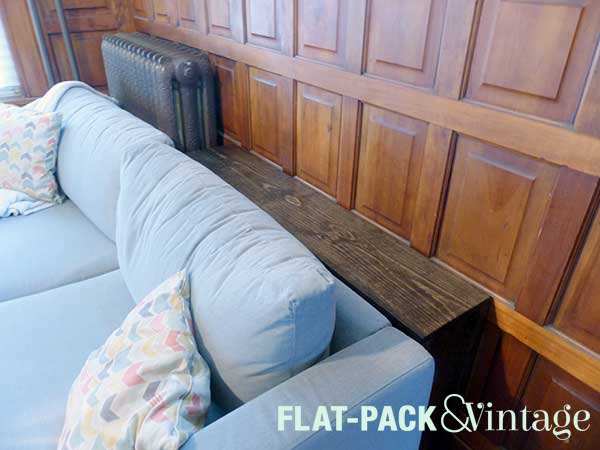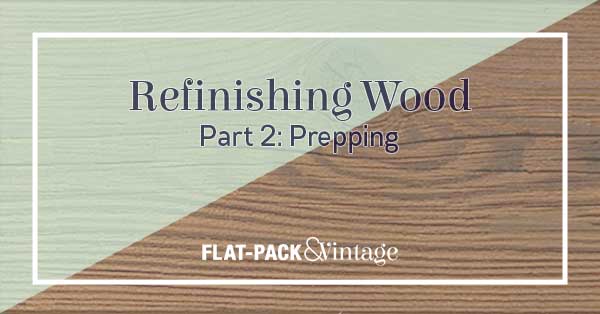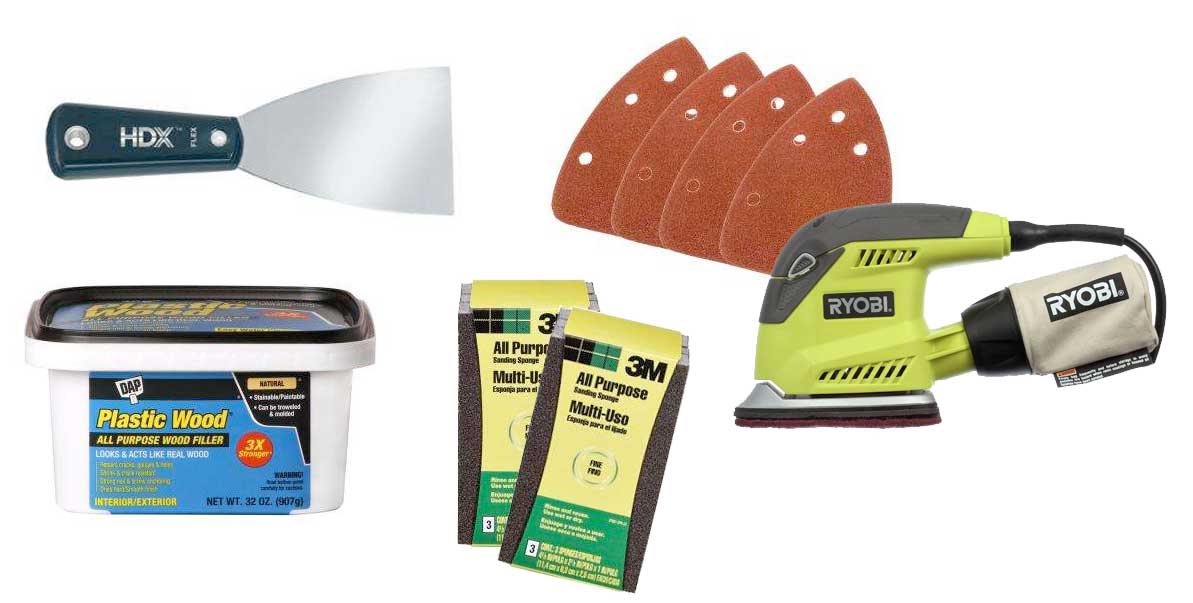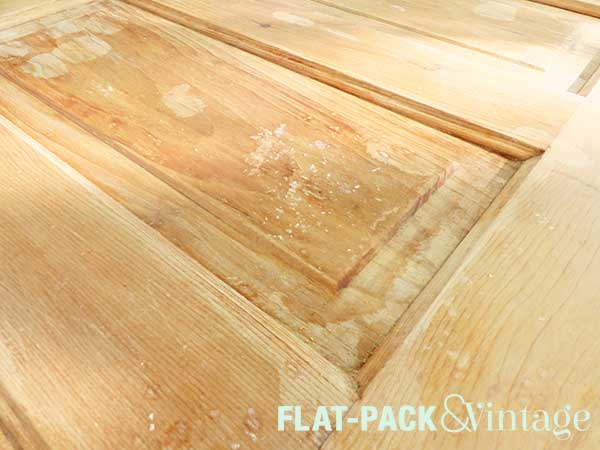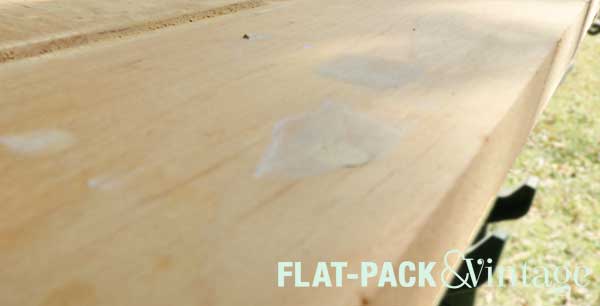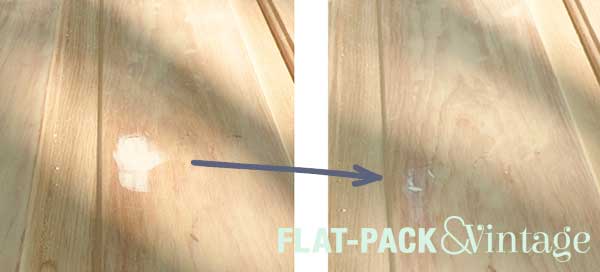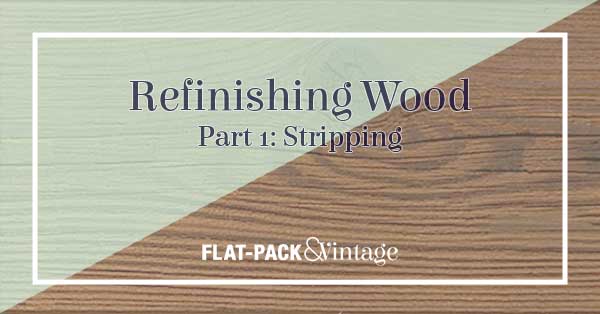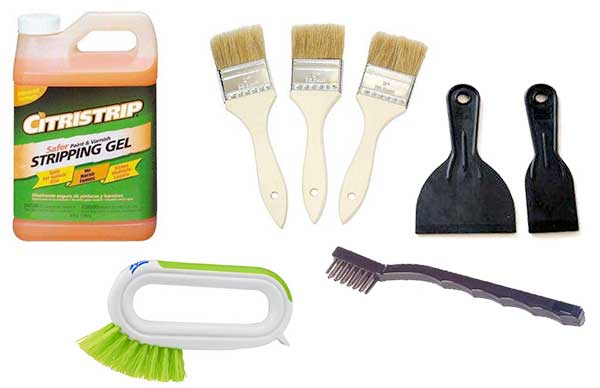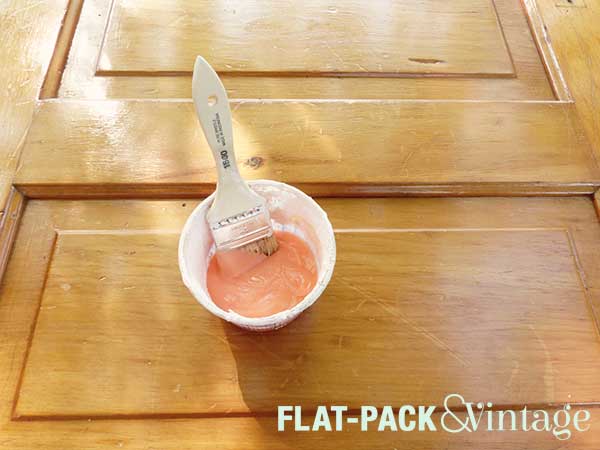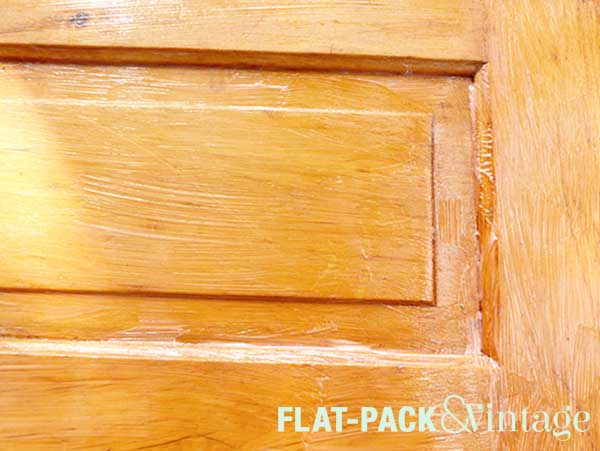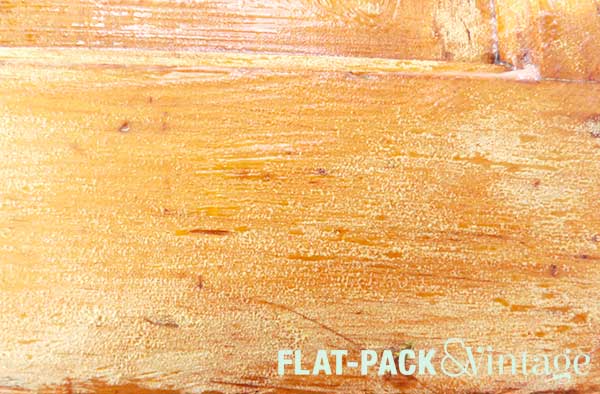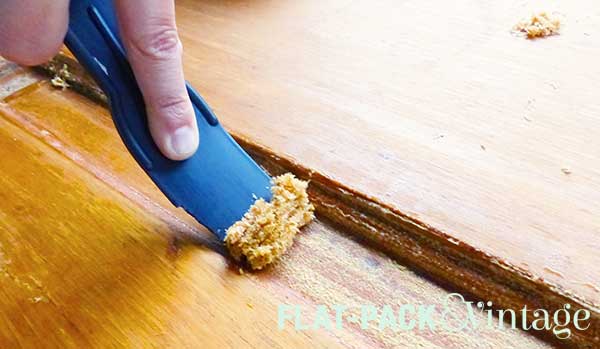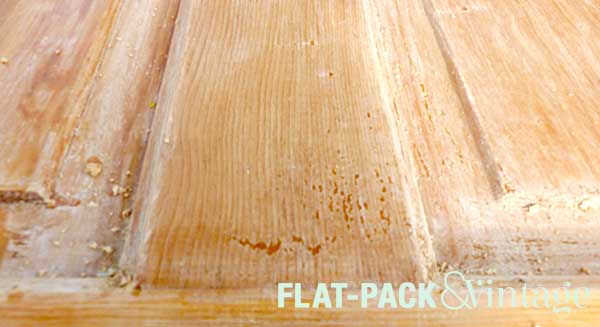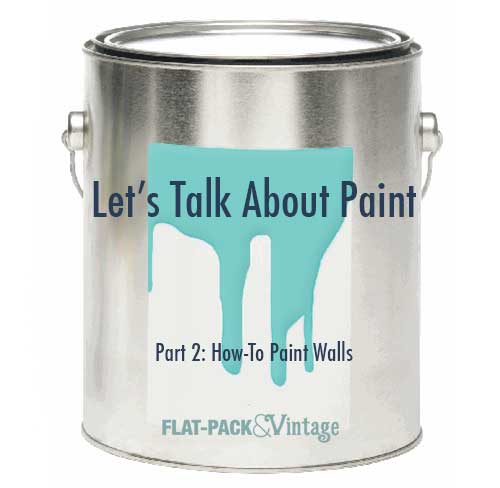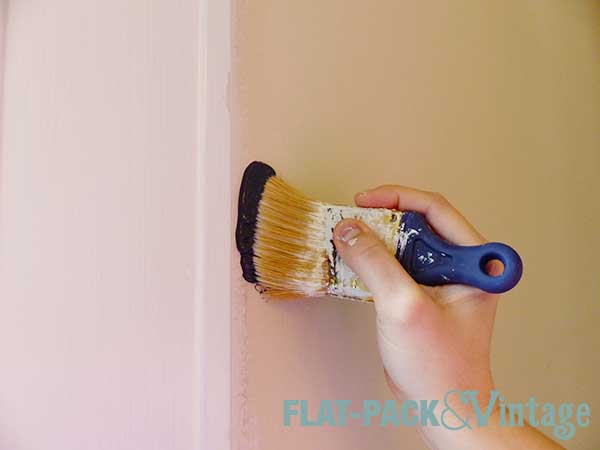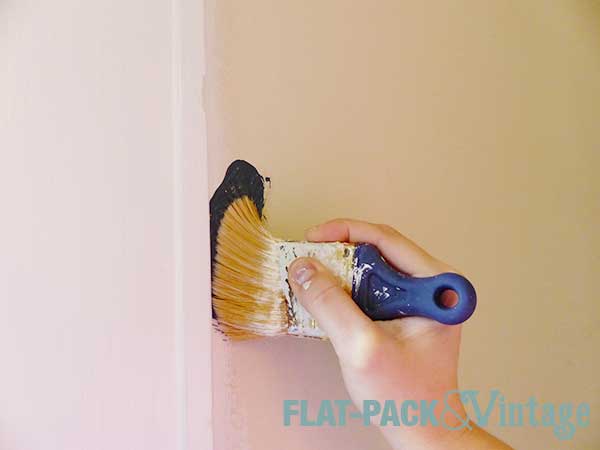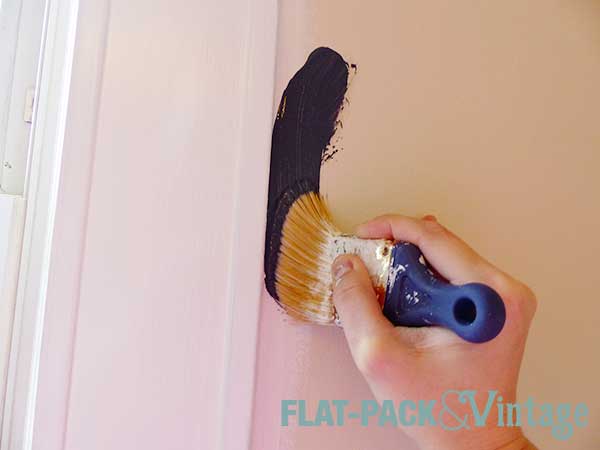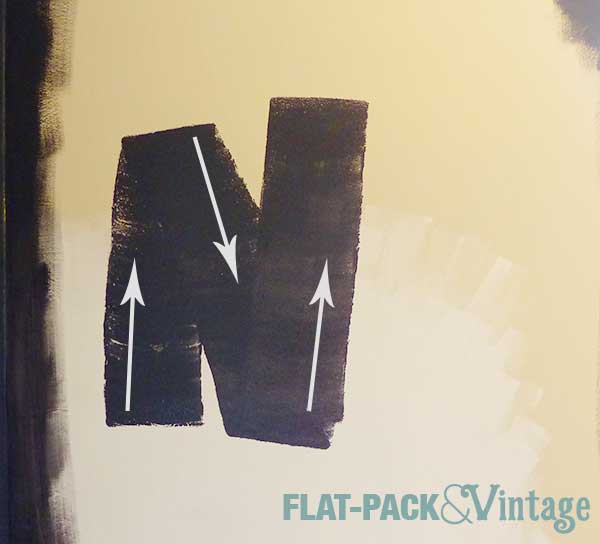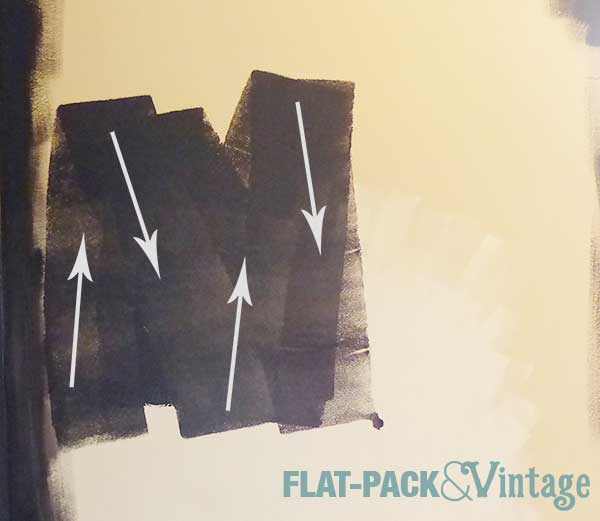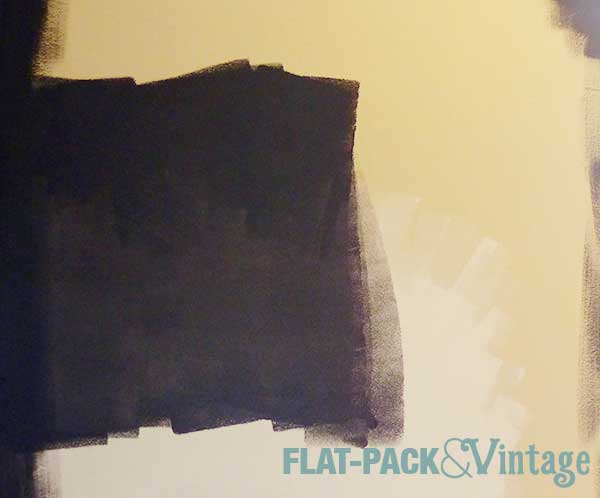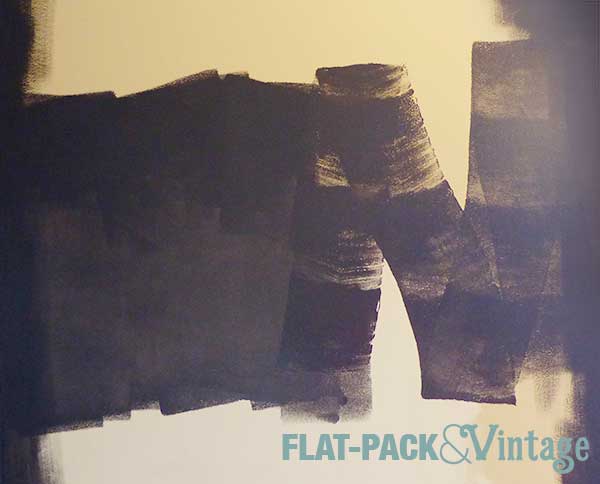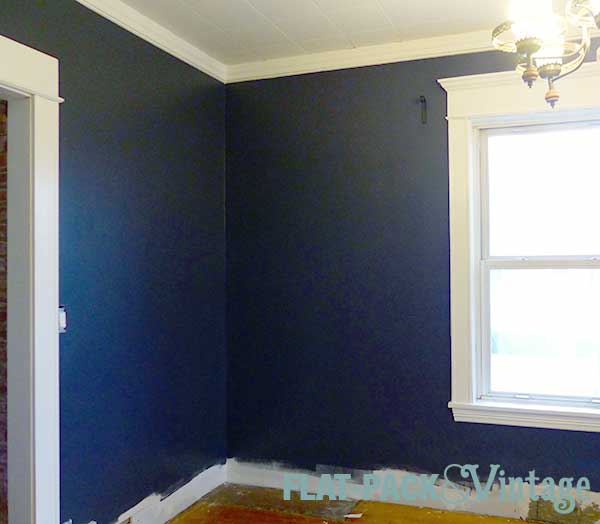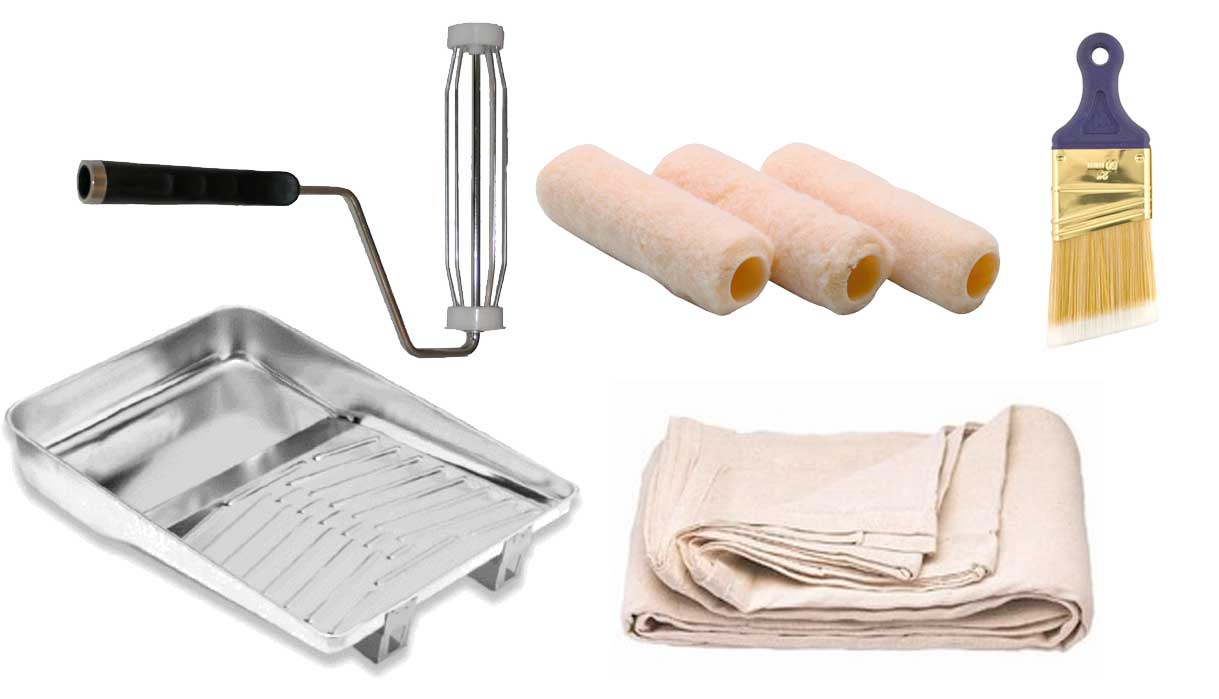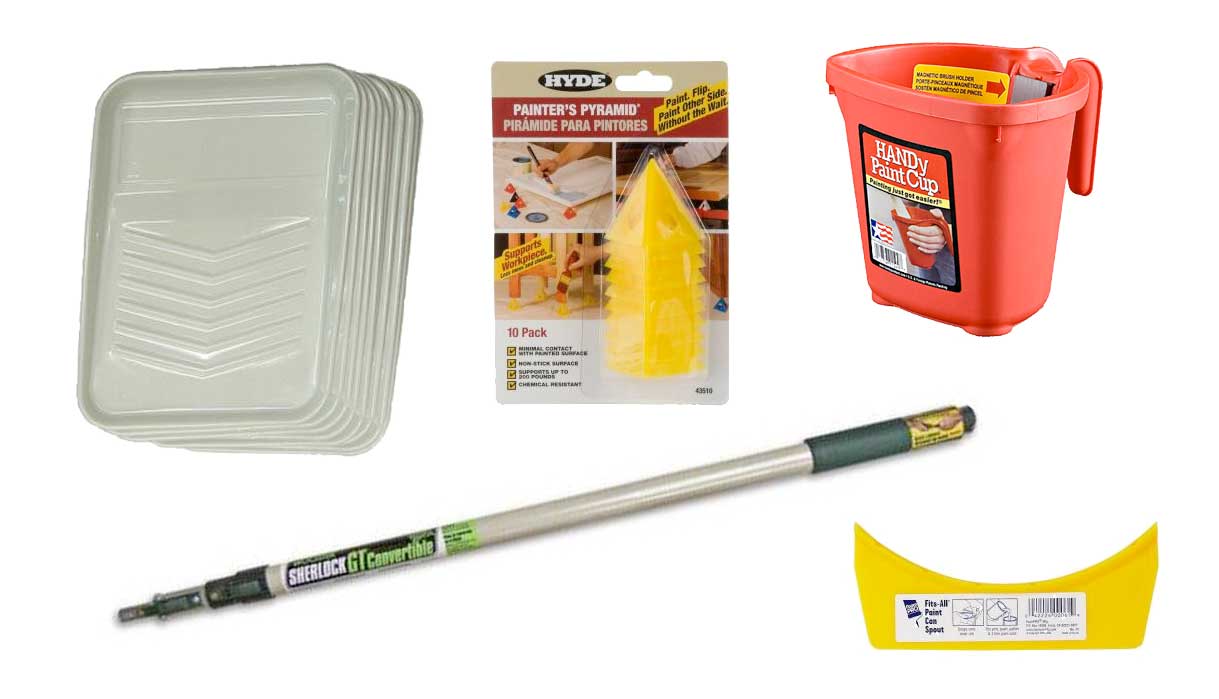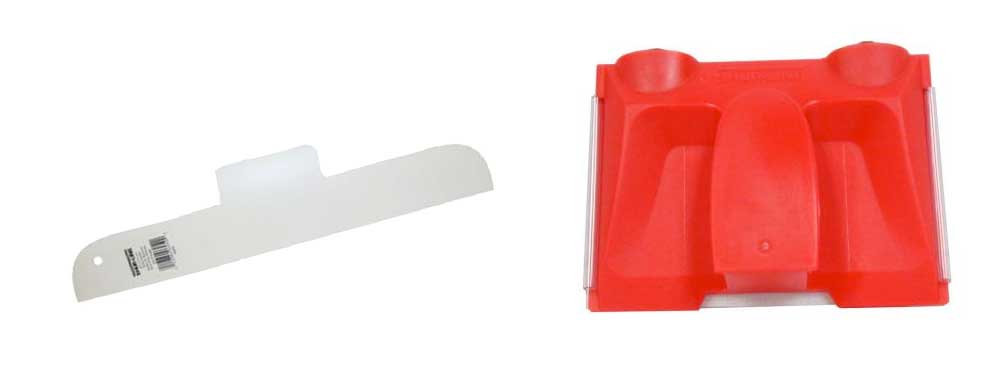Now that we’ve wrapped up the master bedroom, it’s time to move onto the living room/TV room. This is more-or-less how I approach a room design, but remember that there are no set rules when it comes to your own space. The ultimate goal is that YOU are happy (your home = your rules).
Fix on a Focal Point
This could be a piece of artwork, a rug, a piece of furniture, an architecture detail….pretty much anything. Hell, it could be your TV, I won’t judge. What’s going to be the “star” of the room? Where do you want the eye to be drawn?
You may also have an inspiration piece for you room that’s not going to be your focal point. Heck, it could be a magazine clipping that’s not exactly about to framed and hung in the room at all. Some sort of inspirational image is incredibly useful at this point.
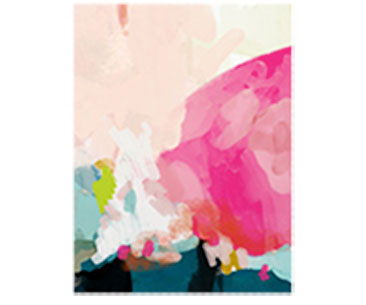
Technically this print is planned for the living room and I’m going to be only focusing on the TV room here. Because my 2 rooms flow into each other, they really need to relate to each other so this piece serves as a great inspiration for both spaces.
Pick Your Palette
Using your focal point or inspiration piece, determine your color scheme. If you’re feeling minimal, you could opt for a monochromatic (different values of the same color) color scheme. This can end up a little flat so I’m always a fan a making sure there’s some good contrast going on. You can always use the internet for inspiration and search for “blue rooms” and see how other people have handled it.
Personally, I like a variety of color. The absolute easiest way to accomplish this is to start with a focal piece that already has multiple colors in it. Not to worry if the star of your room is your solid pink chair though! Internet to the rescue again! If you search google or Pinterest for “pink color schemes” you’ll get a ton of results and you can pick one that resonates with you.

See what I mean by finding something with multiple colors? This print provides a variety of options! Navy and blush make for a more formal base (along with some gray and creamy neutrals) and accents of aqua, bright coral-pink, and bright green funk it up a bit.
Now, don’t go buying your wall paint just yet. This is just a rough color idea at these point. The exact shades may change, plus, you’ll want to have your main pieces already in your home so you can match paint swatches in the most accurate lighting. Pro Tip: never bank on accurate color representation from an online image–monitors and color settings are way too varied.
Bring in the Big Stuff
So you have a focal point, you have a rough idea of a color scheme, now you want to look for the main items that will fill in the room. This is going to be pretty much furniture, rugs, and dominant light fixtures. They may not all be physically large items either, but they’ll probably be your spendier items. They may also be pieces you already have an definitely want to keep in the room.
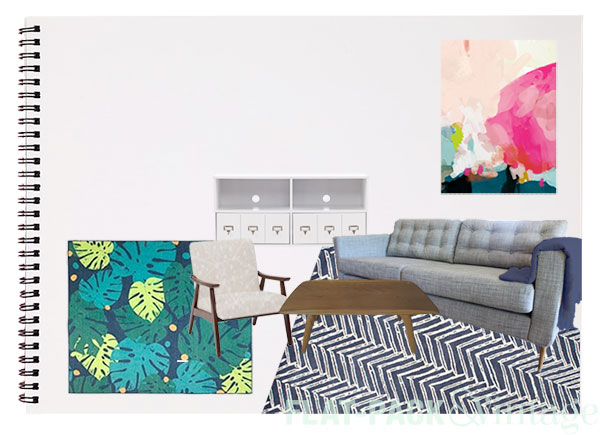
Why the two rugs you may be asking? A corner of the TV is going to be a play space for Wesley and the rug helps define the space.
Add in Accessories
To really make a space feel like you, and not a staged show-house, shop your house for accessories. Things you’ve naturally acquired overtime will have more personality than something you’ve bought just because it looked good in the room. This isn’t to say you can’t by new things, just see what you already have first and pick items that truly resonate with you even if they’re not “magazine perfect.” You’ll be happier and that’s the most important thing for you to feel about your home.
Accessories don’t necessarily mean knickknacks. Plants, accent lighting, throw pillows, wall art…all of these are options for accessories. I don’t bother adding every little thing in when I’m creating a mood board either–I usually stick to pillows and wall art.
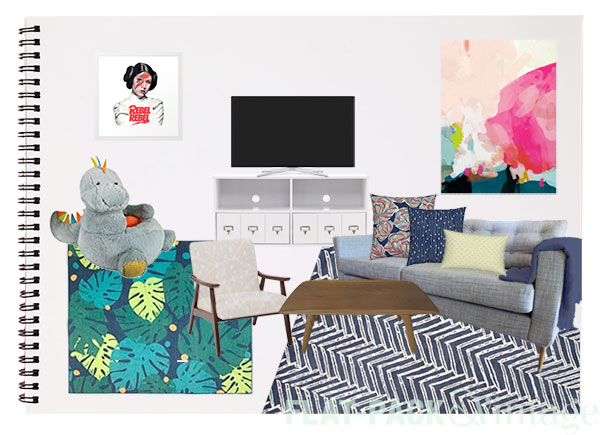
Wake up your Walls
You may already have an idea of what color you want your walls to be. Now’s the time to pick your exact paint color. Why wait until the very end of the design process? There are practically unlimited paint color choices so it’s much easier to find a paint that will complement your rug/upholstery/throw pillows/art than vice versa.
Now, for the record, it’s not as easy as pick this, pick that, bam you’re done. There will be changes and frustrations, and maybe your entire plan will morph into something completely unexpected. Just go with your gut and don’t try and force things. Maybe the rug you picked as your focal point isn’t meshing with the other items that caught your eye. It’s ok to completely rethink your rug choice. That’s why it’s a good idea put together a mood board before you start shopping.
Don’t feel like you have to make decisions on every single thing in the room either. Your mood board isn’t set in stone, but it’s a good idea to get the overall feel for your room before you start spending money.


